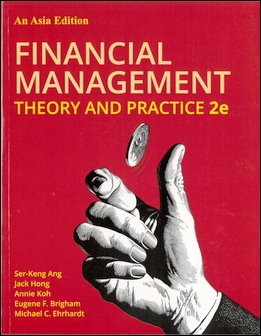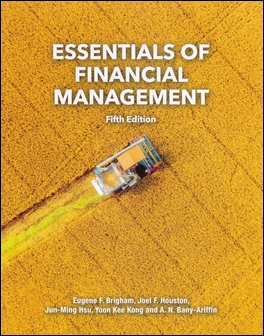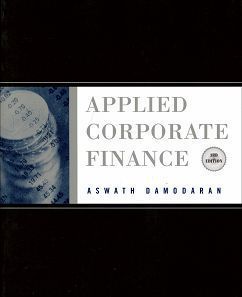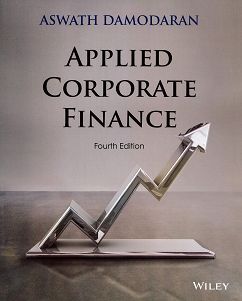書籍分類

Fundamentals of Financial Manageme 13/e
作者:James C. Van Horne
原價:NT$ 1,240
ISBN:9780273713630
版次:13
年份:2010
出版商:Pearson Education
版次:13
年份:2010
出版商:Pearson Education
內容介紹 本書特色 目錄 作者介紹
- Description
A practical introduction to understanding the Financial Management of companies in today’s rapidly changing business world.
Maintaining its dedication to the financial decision-making process and the analysis of value creation, this new 13th edition develops a more international scope and introduces new topics into the debate.
Current discussions on corporate governance, ethical dilemmas, globalization of finance, strategic alliances and the growth of outsourcing have been added with examples and boxed features to aid understanding and provide a more global perspective of financial management.
This book is particularly well-suited to introductory courses in financial management, for a professional qualification and as a reference for practitioners. On the reading list for Association of Chartered Certified Accountants (ACCA) Qualification Paper (F9) Financial Management. Suggested reading for Certified Management Accountant (CMA) examination.







